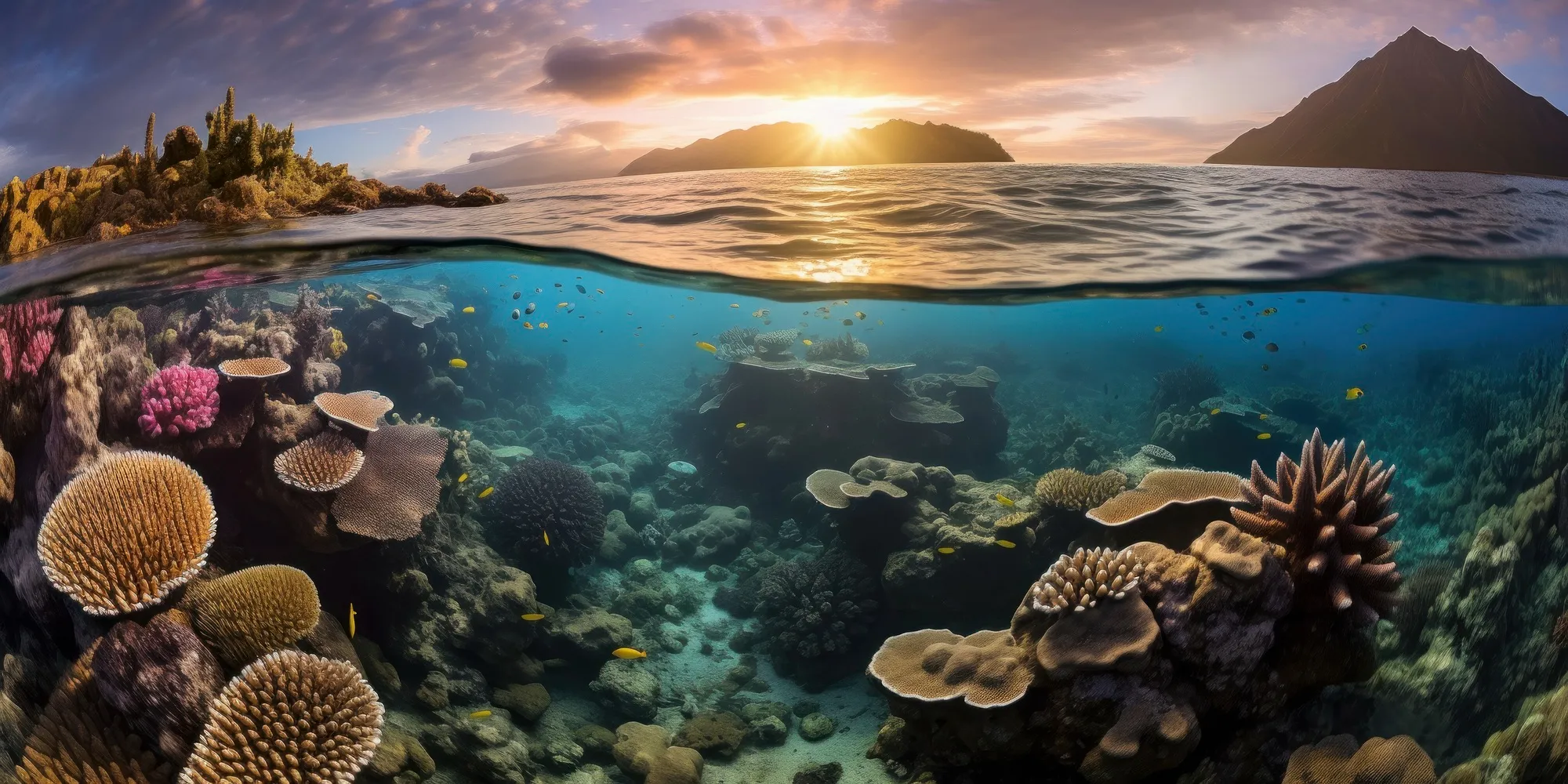As our planet grapples with the escalating threats posed by climate change, the need for innovative and effective environmental remediation strategies has never been more critical. In a seminal study published in ‘Environmental Research’, a team of international researchers led by Noreen Akhter from the Government College Women University, Faisalabad, Pakistan, has shed light on the differential capacities of Phragmites karka ecotypes in the remediation of inorganic contaminants in coastal ecosystems. This research has profound implications for bolstering climate resilience in delicate coastal habitats.
The study, referenced by its Digital Object Identifier (DOI): 10.1016/j.envres.2024.118127, meticulously analyzed the adaptive and remedial attributes of Phragmites karka, a tall reed that thrives in various environments. The researchers focused on three distinct ecotypes collected from different coastal wetlands, examining their potential to reduce inorganic pollutants, which are a significant threat to these ecosystems.
Ecotypic Variability and Remediation Potential
Akhter and colleagues observed that the ecotype E1, which originated from a location known as Ichkera, exposed to residential wastewater, exhibited superior attributes in terms of biomass production and photosynthetic pigment content compared to the ecotypes E2 from Kalsh and E3 from Gatwala. An interesting discovery was that despite the differences in physiological output, all ecotypes displayed uniform accumulation of osmoprotectants, indicating a common ability to adapt to polluted marine environments. The study suggests that this particular characteristics may play a crucial role in helping these plants survive and effectively participate in the detoxification of coastal waters.
Meanwhile, the E2 ecotype demonstrated the highest levels of total soluble sugars and proteins. Such biochemical constituents are often associated with robust stress responses, suggesting that E2 might possess unique coping mechanisms under environmental duress. Additionally, the E3 ecotype stood out due to its heightened accumulation of glycine betaine (GB), an organic compound known for its role in protecting plants against abiotic stress.
Antioxidant Responses and Morphological Adaptations
The ambient coastal habitats significantly influenced the antioxidant activities in the tested ecotypes. E1 seemed to have the weakest superoxide dismutase (SOD) activity, a crucial enzyme that helps in mitigating oxidative stress. Conversely, E2 had the lowest levels of peroxidase (POD) and catalase (CAT) activities, both of which are vital for the detoxification of harmful peroxides that may accumulate in plant tissues.
Morphological examination revealed that the E3 ecotype had undergone significant changes, such as expansion in the phloem, vascular bundle, and metaxylem cell areas – adaptations which are likely responses to the environmental pressures exerted by constant exposure to contaminants. In comparison, the leaf anatomy of E1 and E2 ecotypes demonstrated remarkable resilience and functionality. This information is critical in understanding the intricate links between plant physiological changes and their survival strategies in compromised coastal zones.
Climate Change and Ecological Significance
The study underscores the ecological significance of Phragmites karka’s resiliency traits, which are not only pertinent to their own survival but also to the overall health of coastal ecosystems. As atmospheric and oceanic conditions continue to be altered by climate change, the presence of pollution-tolerant and remediation-capable vegetation like Phragmites karka becomes a crucial factor in the stability and sustainability of these habitats.
Naturally occurring bioremediation agents such as these tall reeds offer a glimmer of hope in our ongoing battle with climate change’s impact on the environment. By incorporating the inherent capabilities of these plants into larger ecological conservation and restoration strategies, there is potential to mitigate the deleterious effects of pollutants and enhance the resilience of coastal ecosystems amidst the changing climate scenario.
Implications and Future Research
Akhter’s team’s research has opened a new chapter in the utilization of native plant species for environmental remediation purposes. By detailing the specific attributes that allow Phragmites karka ecotypes to withstand and neutralize inorganic contaminants, this study provides a blueprint for ecologists and environmental engineers to harness the power of these natural defenders.
The authors suggest that future research should delve deeper into the genetic and molecular basis of the observed differences among the Phragmites karka ecotypes. Doing so could potentially pave the way for the development of innovative biotechnological applications in phytoremediation. Moreover, the exploration of Phragmites karka’s interaction with other biotic and abiotic factors within their ecosystems could uncover additional synergistic effects that enhance their remedial efficiency.
Conclusion
The revelations brought forth by Akhter and her fellow researchers illuminate the critical role played by natural flora in safeguarding fragile coastal ecosystems from the ravages of climate change and pollution. The distinctive characteristics and adaptive mechanisms displayed by different Phragmites karka ecotypes not only speak to the resilience of nature but also echo the promise of biologically based solutions to environmental challenges.
With a comprehensive understanding of these plants’ ecological functions, we are a step closer to developing more sophisticated and synergistic strategies to counteract the negative impacts of global climate change on our coastal environments. The study published in ‘Environmental Research’ stands as a testament to the value of interdisciplinary scientific inquiry and the potency of the natural world as a partner in our quest to preserve the Earth’s biodiversity and ecological equilibrium.
References
1. Akhter, N., Aqeel, M., Shazia, Irshad, M. K., Shehnaz, M. M., Lee, S. S., Noman, A., Syed, A., Bokhari, A. A., Bahkali, A. H., & Wong, L. S. (2024). Differential capacity of phragmites ecotypes in remediation of inorganic contaminants in coastal ecosystems: Implications for climate change. Environmental Research, 247, 118127. https://doi.org/10.1016/j.envres.2024.118127
2. “Environment Research.” Elsevier. Retrieved January 26, 2024, from the Elsevier Research Catalog.
3. “Climate Change: Impacts & Responses.” Intergovernmental Panel on Climate Change (IPCC). Retrieved from the IPCC official resources.
4. Rai, P. K. (2008). Phragmites karka: A wetland biofilter and its role in aquatic phytoremediation. National Institute of Ecology and Environmental Sciences, 18(2), 71-80.
5. Glick, B. R. (2010). Using soil bacteria to facilitate phytoremediation. Biotechnology Advances, 28(3), 367-374.
Keywords
1. Phragmites Karka Remediation
2. Coastal Ecosystem Conservation
3. Inorganic Pollutants Bioremediation
4. Climate Change Resilience Flora
5. Wetland Environmental Protection
